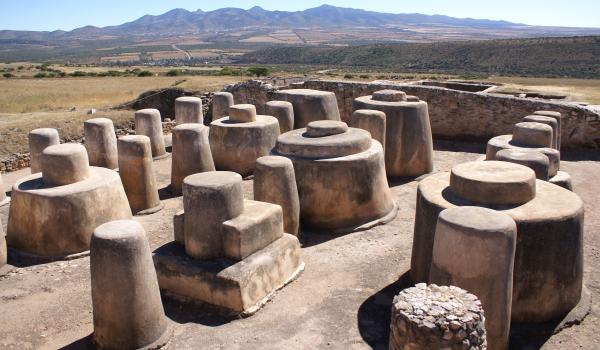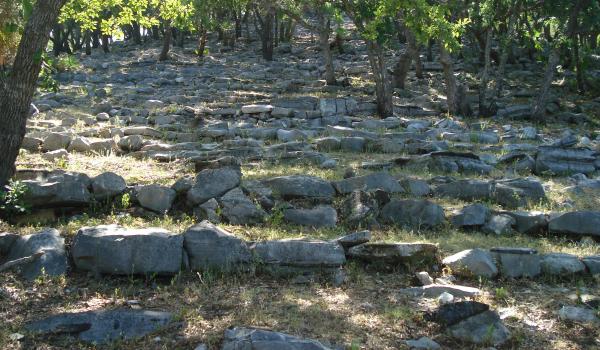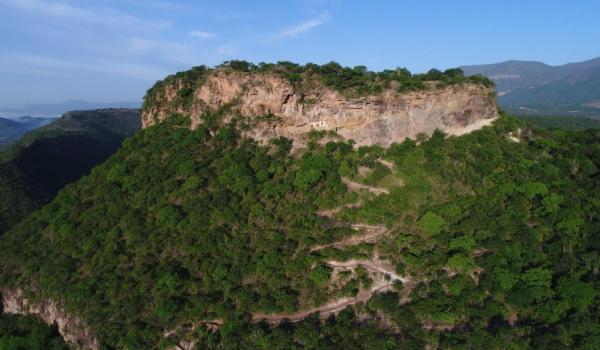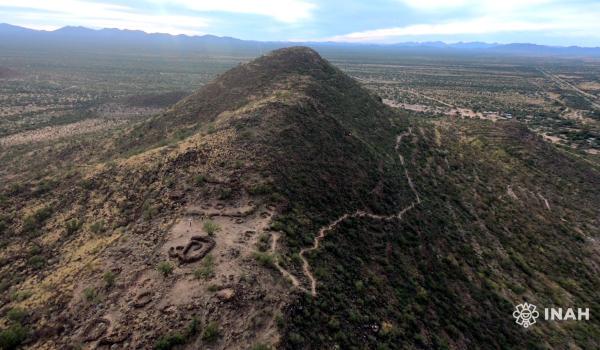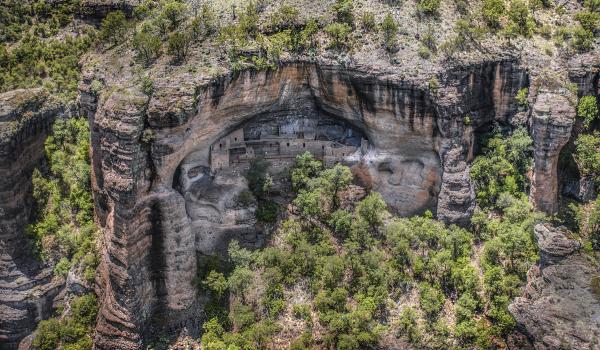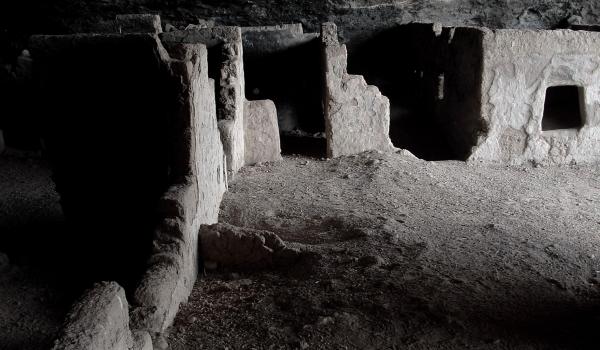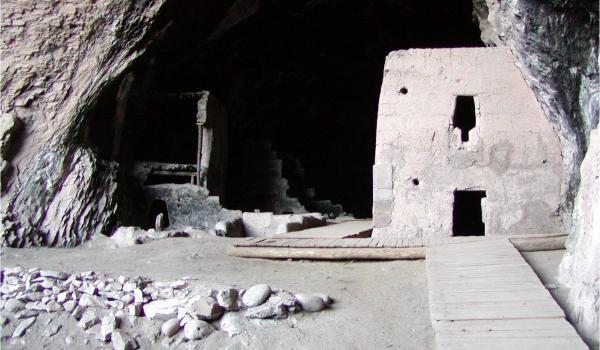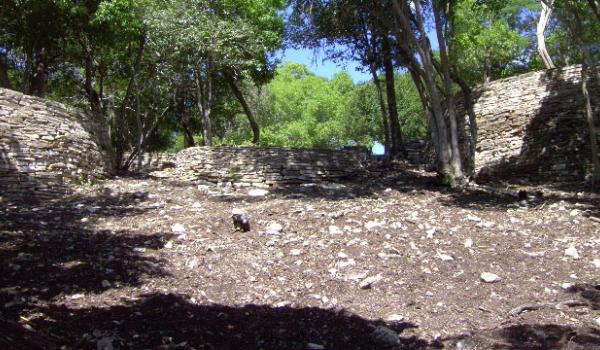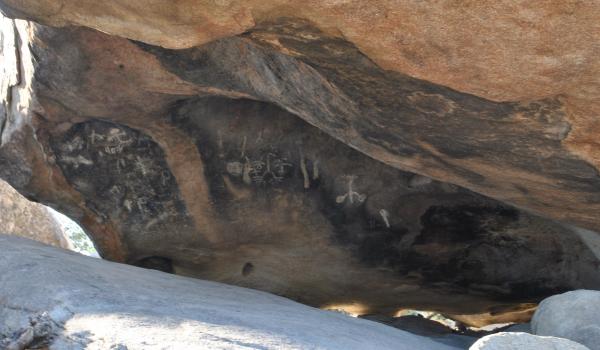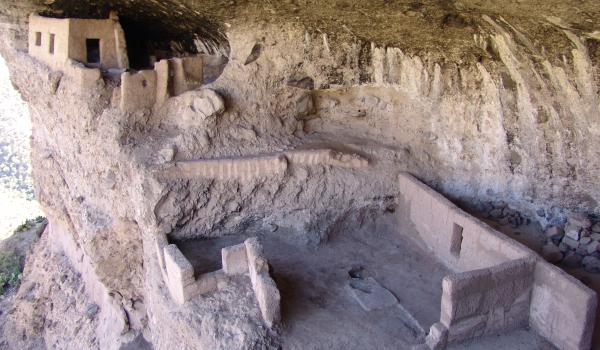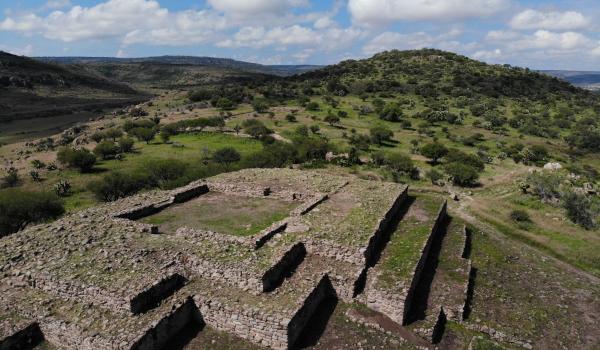In pre-Hispanic Mexico the North was a vast region consisting of lands north of the tropic of Cancer. The terrain is rugged and dry with scattered fertile areas. Desert covers a large part of this region, which corresponds to the present-day states of Chihuahua, Coahuila, Nuevo León, Durango, Zacatecas and San Luis Potosi. It also extends further south into the arid parts of Queretaro and Hidalgo. The North region also covers parts of Arizona, California and Sonora, as well as sections of central and southern Baja California. The Sierra Madre cuts across this region, whose principal water sources are the rivers Colorado, Grande (Bravo), Yaqui and Fuerte.
The most ancient evidence of human presence in this region is from the Stone Age (30,000-2500 BC). The most representative sites are Weicker, Guadiana and some sites in the Tamaulipas mountains, where there is early evidence of the domestication of plants. On the eve of the Conquest, this great territory was inhabited by groups of nomadic hunter gatherers who have been generically called Chichimecs, and this is why the area was known as the Gran Chichimeca.
The region can be subdivided into smaller areas with their own specific cultures. Hence in the northwest, where Chalchihuites culture predominated, there were sites such as La Quemada, Las Ventanas and Altavista. The northeast on the other hand, had a variety of cultures, including in the south of Tamaulipas, one associated with Huastec culture with sites such as El Sabinito and Balcón de Montezuma. The lands of Tunal Grande and the Sierra Gorda of Queretaro make up another area, with the most important mining activities in Mesoamerica: a factor in the rise of important centers such as Las Ranas and Toluquilla.
Climatic conditions were favorable for agriculture in the North during the Classic period and the Early Postclassic (200-1200 AD) and this had the effect of expanding the Mesoamerican region to its most northerly point, enabling the cultural tradition to begin the settlement of northern territories. At this time, the territories of the North were efficient participants in the routes for exchanging cultural goods between the two regions. Northern territories were the source of mineral products, which were highly prized by Mesoamerican peoples, such as turquoise from the Altavista site and cinnabar from the mines of the Sierra Gorda.
The city of Paquime (Casas Grandes) served as an enormous complex with economic, politic and cultural ties with diverse regions. This was a place where the products of the North and Mesoamerica were consumed and traded. Evidence has been found for the breeding of macaws and turkeys, the manufacture of ceramics and also shell and stone objects. The influence of Paquime was across a range of northern sites including: Cuarenta Casas, Huapoca, Cueva Grande and Cueva de la Olla.
Around 900 to 1000 AD a process of decay began, leading to the abandonment of Paquime, and the resettlement of the population. The factors influencing this process were principally a deterioration in climatic conditions, inhibiting agricultural processes and reducing crop levels below the population’s subsistence needs. Northern groups migrated within the region and some took refuge in the Sierra Madre, where they lived until the arrival of the Spanish in the sixteenth century.
Sources:
López Austin, Alfredo y Leonardo López Luján, 2009, El pasado indígena, México, Colmex / FCE.
Gamboa Carrera, Eduardo, 2004, Norte. Museo Nacional de Antropología. México, México, Conaculta / INAH / Lunwerg.

